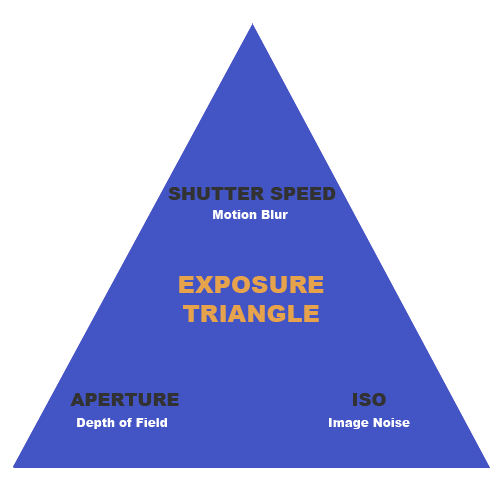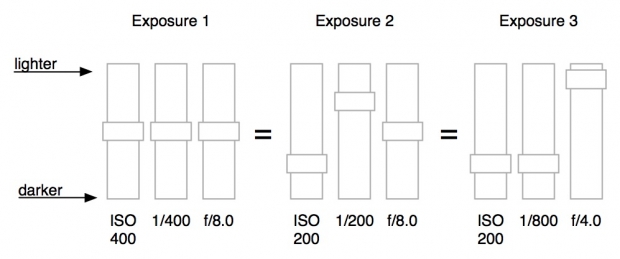The next stop in our (mostly) alphabetical journey through photography's fundamental principles is at 'e', for 'exposure'. Are you ready? Excellent! Onwards!
Exposure
Without an exposure, we wouldn't have an image (that's how fundamental this principle is) because it's the action of revealing your sensor, or your film if you're old-school, to light in order to record an image. Introducing too much light to your sensor will result in over-exposure and a too-bright image. Conversely, under-exposure is the result of not exposing the sensor to enough light, rendering a too-dark image.
So far, so simple.
Exposure is measured in 'stops' and controlled by three variables in your camera: aperture, shutter speed, and ISO. As well as determining how light or dark your images will be, they all have other aesthetic effects on your images, which is why you need to understand and be able to manipulate them to produce the images that you want. We started this series with aperture, which controls depth of field. We'll get to shutter speed and ISO and their respective abilities to freeze or blur motion and to introduce noise into our pictures. But for now, we'll concentrate on the impact of varying aperture, shutter speed, and ISO on exposure.
Equivalent Exposures
By giving and taking from aperture, shutter speed, and ISO, you can keep your relative exposure the same, but change how your image looks.
You might've set up shot to get a 'good' exposure, but you decide that you want a greater depth of field so need to use a smaller aperture. A smaller aperture allows less light to hit the sensor, so if you change only the aperture, your photo would be under-exposed. How can we solve this? You can use the other two adjustments to compensate for the lack of light captured by using a smaller aperture: maybe you want to use a slower shutter speed, to expose the sensor for longer? Or perhaps increase the ISO to make the sensor more sensitive? You could even do a bit of both.
Let's look at an example with some numbers. We’ll start with an exposure of 1/200 second, ƒ/8.0, and ISO 400. What would happen if you were to change your shutter speed to 1/100 second? That would let twice the amount of light into your camera compared with 1/200 second, because the shutter was open for twice as long. Your photo will now be brighter.
Now you change your ISO to 200. This halves the sensitivity of the sensor, and the photo will come out looking like it is the same overall exposure. The photo won’t be identical, but from the point of view of brightness, it will be about the same. It’s possible to change any of the settings to compensate for any of the other settings.
A faster shutter speed can make up for a larger aperture, a lower ISO can make up for a slower shutter speed, and a smaller aperture can make up for a higher ISO. They’re all related.
TL;DR
- 'An exposure' is the action of revealing your sensor (or film) to light to create an image
- Too much light results in an over-exposed, too bright image; too little light produces an under-exposed, too dark image
- Exposure is controlled by three variables: aperture, shutter speed, and ISO
- Exposure is measured in 'stops'
Dynamic Range << Photography Fundamentals >> Focal length








